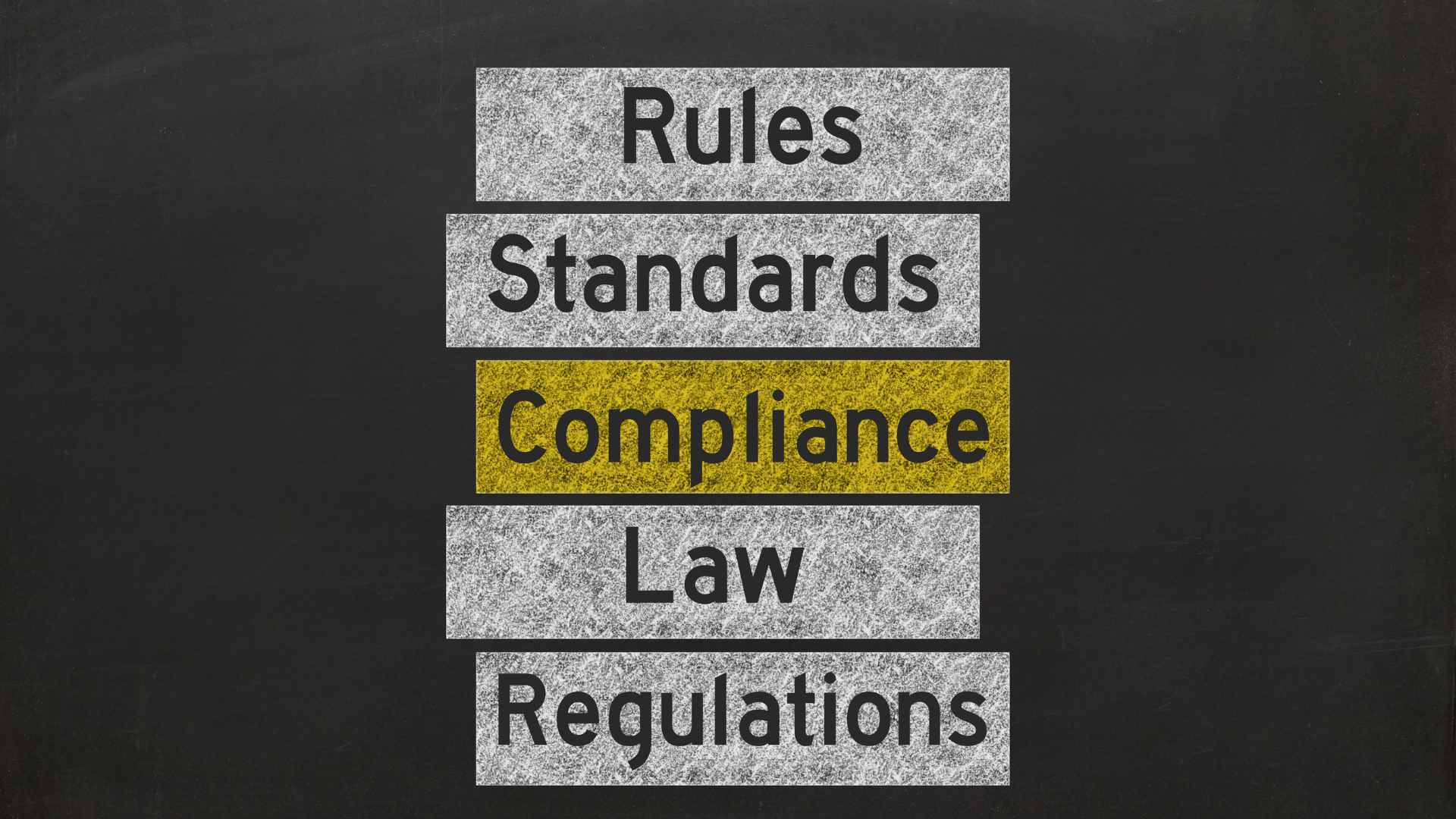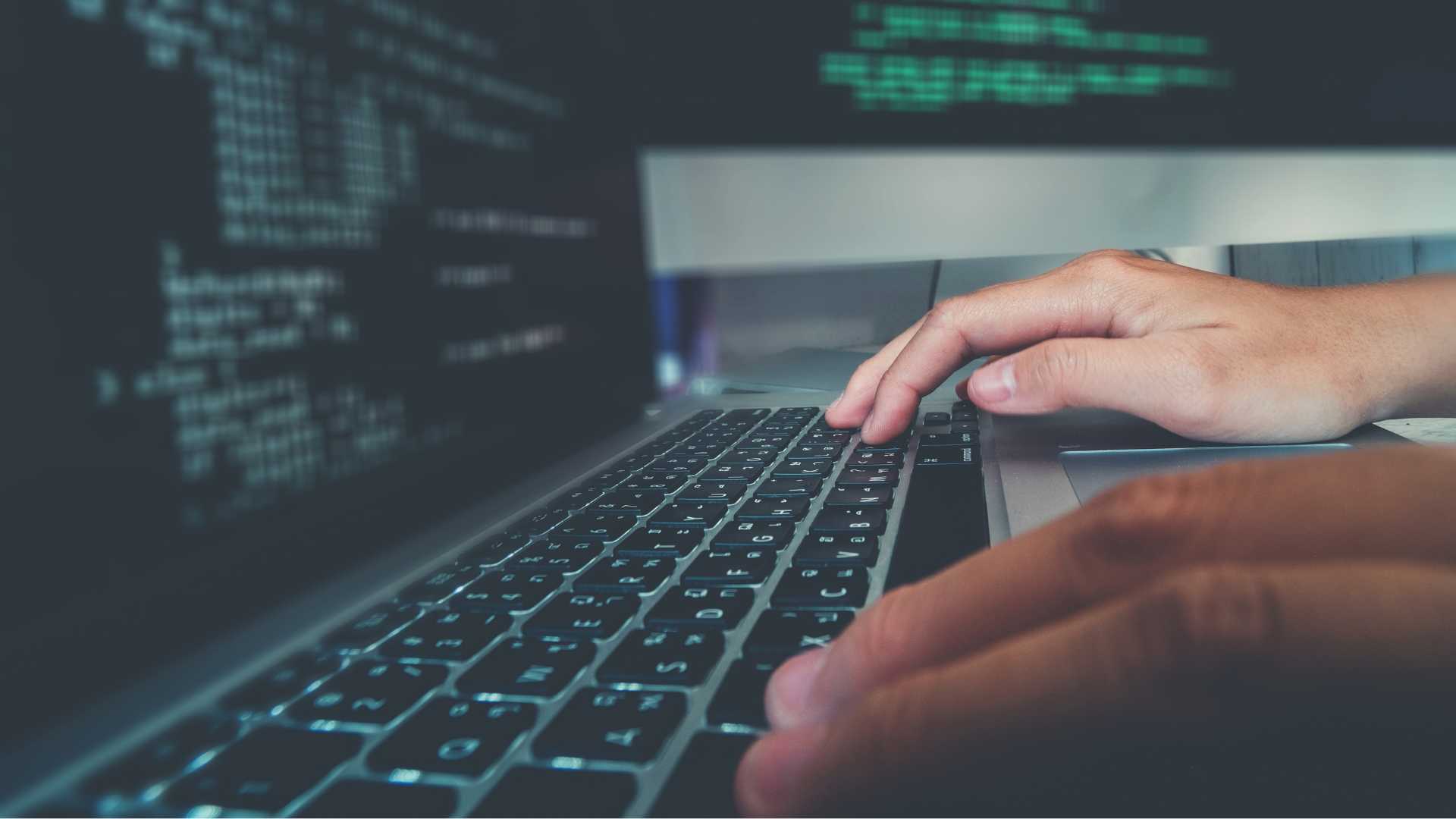VIEW BY TOPIC
- Finding Customers
- Business Systems
- Managing Employees
- Leadership
- Managing Money
Related Posts

Ready to Grow Your Business Fast?
Here’s How I Grew Five Businesses, and Eventually Sold One to a Fortune 500 Company.
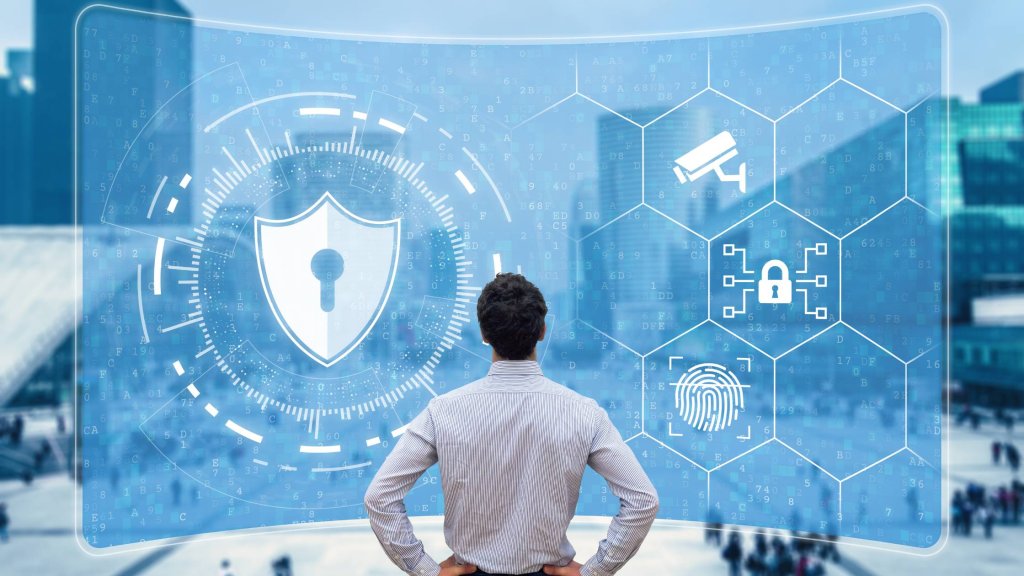
Security isn’t limited to your home or industrial or construction sites. It’s an essential consideration for any workplace including offices. Locking doors, activating alarms, or CCTV video monitoring are all practices that contribute to a secure office environment and serve to keep employees, visitors, equipment, and data safe. This means having the right tools, technology, best practices, and employee training in place. In this article, we will discuss the benefits of having in-office security measures.
Office security is also not limited to your company receptionist, or those employees called upon to work with the public. All employees that enter and exit offices as well as visitors, clients, or suppliers need to be protected and to feel safe when working. Health security, cybersecurity, and physical security issues need to be addressed with proper training and best practices in place.
In-Office Security Measures
The physical office presents several security issues as this is the location where employees will spend a good part of their day. Security considerations must begin with the traffic flow of people entering and exiting offices daily as well as what type of activity takes place in the office. In-Office physical security measures that render a workplace more secure include:
Access Control
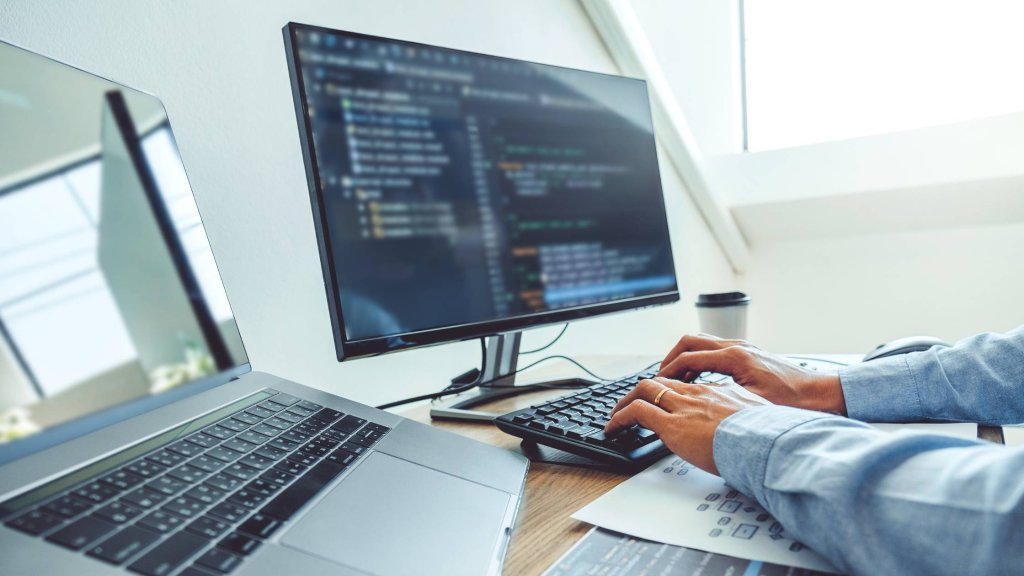
This is an indispensable security tool that will control or limit access to an office or given space. This technology will guarantee that everyone who enters should be there and is authorized to enter. Access control methods may include biometrics using facial or fingerprint recognition, a punch-in code, or digital credentials sent to a mobile device or smartphone. Access control is your first line of defense in keeping bad actors out of the office.
Also, consider connecting employee scheduling software to your access control program. This will aid in knowing and confirming how many actual presences are in the office at any specific time. This can be lifesaving should a fire erupt or a natural disaster strike. Remote access can aid first responders in locating where employees might be trapped.
Visitor Management for In-Office Security
When creating an access control system, visitor management policies should be integrated into the system. While you want to welcome visitors, you also want to afford adequate protection. Technological access control allows for visitors to be screened, and potentially cross-referenced against databases of undesirable people through visitor management software.
This type of technology can be programmed to send alerts in real-time to local authorities if something suspicious is noted. This can be automated and achieved discreetly so as not to alarm others present. Access control with visitor management also maintains a log of all who enter and exit a property. This can be crucial for investigative work and in the event of an emergency. Your system will allow you to know who is in the building at any time should disaster strike and will aid emergency responders.
Video Monitoring with Security Cameras
Although your office may never be a crime scene, video surveillance is an essential security too for a variety of reasons. These cameras can contribute significantly to access control systems and provide important evidence should a security breach happen. They also function as a deterrent to crime in the workplace and on the premises and will maintain a record of who enters and exits your business at any time.
Alarms, Sensors, Smart Locks, and More
Every office should be furnished with an Alarm system for fires, flooding, smoke detection, gas leaks, and similar: Alarms should also be in place for physical breaches of an office property. New technology not only will sound an alarm in real-time but can send alerts to police, firemen, and medical responders should an emergency take place.
Windows and doors can be fitted with sensors that sound and send alerts when breached, while smart lighting using motion detectors can illuminate inside and outside the office deterring criminals especially if they have no place to hide. Smart locks, connected to access control can be triggered automatically if need be or managed remotely to generate a lockdown when necessary. Lockdowns can be partial and limited to specific areas within an office when a security threat, whether a fire or a gunman threatens your office.
Evacuation Plans
When emergency strikes, there is rarely time to think much less plan. Offices need to have plans in place for managing any kind of emergency. From intruder threats to earthquakes, tornados, or snowstorms, every business should have an evacuation plan ready for implementation if and when the time comes. Create an evacuation plan with steps for employees and visitors to follow together with import emergency contact numbers. Practice your evacuation plan several times per year.
In-Office Health Security Measures
If one good thing emerged from the pandemic, it was to pay more attention to employee and visitor health in the office. Whether contrasting contagions or using machinery properly, there are office situations that can affect employee health and well-being.
Verification of Employee and Visitor Health
While Covid may not be as dangerous as it was in 2020, it did underline the need to protect employees from contagious diseases. Thermal temperature scanning, vaccine verification tools, or health attestations, can keep watch over employee and visitor health before authorizing access to an office or workplace. Also, include workplace policies, if an employee or visitor feels unwell while in the workplace.
Go Ergonomic!
Ergonomic chairs, split keyboards, or standing desks can contribute to keeping employees healthy and preventing injuries. Carpal tunnel, back pain, blood circulation, and postural problems can all be exacerbated with improper furniture. Choose ergonomic furnishings and natural light when possible, to promote health in the workplace.
Operate Office and Workplace Equipment Properly
Laboratories and manufacturing sites definitely place employees at risk for injury. But even offices with faulty plugs, or heavy equipment or furniture can place employees at risk. All equipment should be secured and operated properly according to the manufacturer’s indications. This can aid in preventing accidents and liability claims.
In-Office Cyber Security Measures
Office physical security is crucial to employee well-being, but with increased digitalization, cyber security is no less important. Cybersecurity is a priority for all offices, regardless of the industry or sector they belong to. Data breaches in 2022 cost an average of $9.44 million, so even if you are protecting your physical security, your office is still at risk for cybercrime.
Employee Cyber Security Training
Your office will only be as safe as your weakest employee. Training sessions about cybercrime and threats should be held at regular intervals to supply employees with updated security information. They are not only protecting your company but their jobs. Additionally, emphasize the importance of using VPN when accessing sensitive information or when working remotely to ensure secure connections and protect against unauthorized access.
Software Updates and Patches
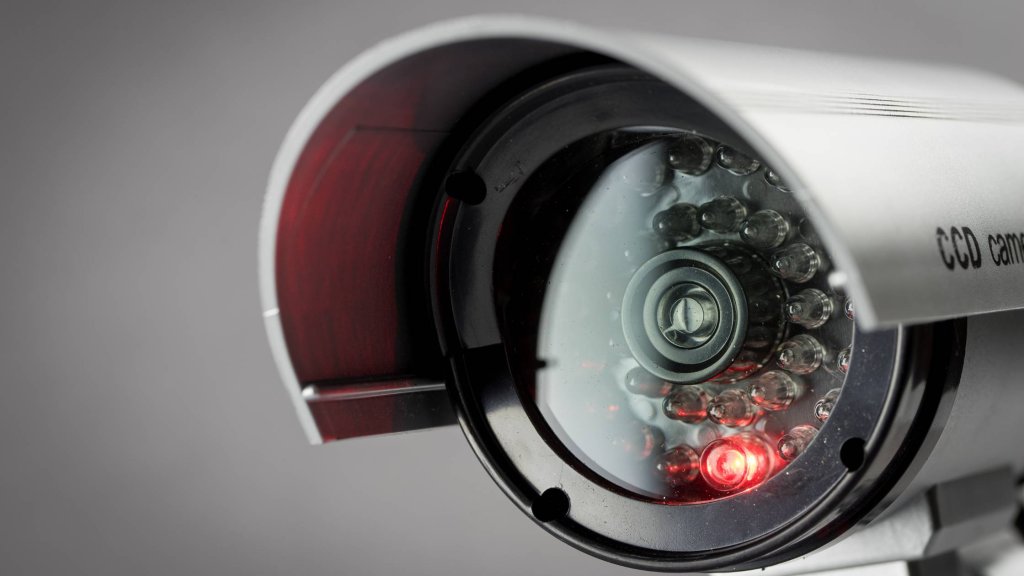
Updating operational systems and software can protect against security breaches and contrast vulnerabilities. Never skip software updates or patches that are released as this can leave your company open to attack. One advantage to using cloud-based servers is that they will do automatic updates in real time to save you from missing or forgetting current updates. Make sure that all devices used by employees receive updates as well.
Employee Passwords Are Potentially a Weak Link
Most employees will use numerous apps and platforms while working. Having a secure password for each one can slow down productivity and create memory problems. Easy passwords used repeatedly on more than one app or platform create security risks. Consider introducing sign-in tools that contain all employee passwords for various apps. Employees use one password alone to access multiple protected entry credentials.
Wi-Fi Credentials
Anyone visiting or working in your office will eventually want to access the internet to check emails or messages. Open access Wi-Fi is an open invitation to security threats. To eliminate this threat, give each user, whether employee or visitor, a unique access code to provide internet access safely.
Conclusion on In-Office Security
Office security is the foundation of employee well-being and all aspects, from physical to health, to cybersecurity must be factored into a company’s security strategy to create a safe workplace and promote well-being among employees. Safety in the workplace will not only nurture employee well-being but contribute to improved performance and greater productivity.









